J. Bennett of Decibel interviews Cultus Sabbati
 At first blush, it just might seem like you’ve been on this ride before: Men in hooded robes unfurling creepy noise/drone workouts riddled with samples; song/album titles steeped in occult references; plenty of lofty talk about “rituals” and the like. Such are the elements and circumstances that place scour-trio Cultus Sabbati somewhere on the volatile aesthetic seesaw occupied by Portal and/or Sunn O))). There are, of course, several notable differences: 1) Cultus Sabbati don’t really sound like those bands. 2) They don’t play live. 3) Their recorded material is largely improvised. 4) No one knows who the fuck they are — even though they claim to know us. But look, we find preambles as taxing as you do. So here’s our interview with Cultus Sabbati.
At first blush, it just might seem like you’ve been on this ride before: Men in hooded robes unfurling creepy noise/drone workouts riddled with samples; song/album titles steeped in occult references; plenty of lofty talk about “rituals” and the like. Such are the elements and circumstances that place scour-trio Cultus Sabbati somewhere on the volatile aesthetic seesaw occupied by Portal and/or Sunn O))). There are, of course, several notable differences: 1) Cultus Sabbati don’t really sound like those bands. 2) They don’t play live. 3) Their recorded material is largely improvised. 4) No one knows who the fuck they are — even though they claim to know us. But look, we find preambles as taxing as you do. So here’s our interview with Cultus Sabbati.
When you initially contacted me, you said you knew me — maybe even that we’d met before — but that you preferred to remain anonymous. Why the secrecy?
Each of us are involved in other projects with some visibility. In terms of the identity of Cultus Sabbati, we wanted to have as much distance from any preconceived notions of what this music is, who is making it, and where it comes from as possible. Fans and critics alike tend to perceive ‘side projects’ in a certain light, often less seriously, and that is not something we wanted to taint the idea behind this group.
As much as we are interested in performing together as musicians in this context, what drew us into the idea from the beginning is our shared understanding of certain traditional esoteric practices. Because this is what brings us together, a spiritual practice, and not as a touring band, we felt it was necessary to separate it from anything we do as individuals otherwise.

If your goal is secrecy, why do interviews at all?
Interviews give context to a record. They allow the listener a way of hearing from the artist what the intent is, particularly when the music is abrasive and abstract. We feel very strongly about our influences and the process of making these recordings and want to talk about them. That shouldn’t have to have anything to do with the people inside the hoods.
In other interviews, you’ve referred to the Cultus Sabbati recording process—or at least the band’s part in it—as a “ritual.” This seems to be the term du jour for many bands today when talking about their live shows. Why do you make the distinction?
The word ‘ritual’ has been used a lot lately to define a live performance that uses an occult theatrical trapping. Many groups that are utilizing this paradigm of occult branding may not even understand the difference between a public performance and a serious spiritual practice. Very few of the bands who take on the mantle of recorded ritual practice are doing anything real. They are performing songs that have been rehearsed, not exploring a path toward transcendental knowing.
When we perform/record, the ritual itself may last for 4 or 5 continuous hours. In that time we are sharing a practice rooted in traditional folk magic, cunning craft, and pre- Christian shamanism—witches whose cauldron is the amplifier. But the end result—the albums—have been highly edited down into song-like structures in the studio. We try to use as much of the original material from the recording and rarely add anything—the exception being recorded animal sounds—but the source gets manipulated in the studio considerably.

Do you record the animal sounds yourselves?
A lot of the recordings are library research recordings. We have had a couple of occasions when we randomly captured some bird sounds, a crow, etc., outdoors while tracking but most of it is from digging around on university research sites. We don’t use the animal sounds when we perform/record, just for context on the actual albums.
Your new album is called The Hagiography of Baba Yaga. What drew you to her as a source of inspiration?
The character Baba Yaga from eastern European folklore is the arch witch prototype. She exists as a powerful icon of dark and superstitious magic throughout a wide region in Eurasia that goes back to a pre-Christian era. Her stories are the “boogieman” stories of that region, and she has been thought of in the fears and nightmares of children for countless generations. As you can imagine we have a particular affinity for the legend of Baba Yaga.
The distinction between the Baba Yaga stories and those of other wicked witches from folklore is that she is presented as uncompromisingly powerful, but not always evil. She can be cruel and surreal at one time, and the key to success on a hero’s journey at another time. She is universally feared, but that fear derives not just from her power but her wisdom and insight into the nature of man and its desires.
For The Hagiography of Baba Yaga, we were joined by several guests for the first time—friends with whom we shared the experience of the practice and who helped us to record.
Do they want to remain anonymous as well?
We discussed this, but the problem with saying someone is on the album means they will start getting asked about us, which is unfair to those who have asked to be involved with what we do. Not even our labels know who we are.
Do the members of CS perform any spiritual rituals apart from creating music, or are the practical aspects of your spiritual predilections tied specifically to your music?
Each of us come from a different background and our interests, both magically and musically, are not identical. But we share a certain way of looking at the world we live in and how we choose to engage with it.
You mentioned that your rituals are rooted in “traditional folk magic, cunning craft and pre-Christian shamanism,” which seems to cover a lot of ground. Could you talk about some of the specific beliefs from these traditions that CS pulls from and/or adheres to?
Our beliefs, while not being identical, do have a certain amount of overlap. In the most general sense you could label them “pagan” for their non-Christian traits, but that reduces the perspective to that of a Western-minded Christian. Throughout the world, from the Norse to the Yezidi, the Bon and the Mayans, traditional spiritual practices have existed for tens of thousands of years. These ideas were labeled heretical and blasphemous by an aggressive marketing organization called the Catholic Church but continued down to the present day, though greatly diminished. We found common interest in how music played a role in the practice of magic in ancient cultures and how that relates to what we do today. Take the example of the Master Musicians of Jojouka. Their people have been engaging in the ritual practice of music-making for over ten thousand years. One of the things that drew us into conversations was the practice of folk magic in Europe, both pre- and post-Christian, particularly the way in which folk and cunning craft traditions slowly became a mix of pre-Christian shamanism and a more clerical-influenced ritual.
So all of these ideas swirled around a bit between us (some emails about Norse magic and herb use) and we were in the same place on a solstice and decided to do something together: part jam, part magic, and see how it went. After that it just grew. The first few times over a handful of years, then as we got more into it arranging times to record/perform. Now we try to get together at least twice a year. Everything else is just email. But the three of us do not have the same “religion,” just shared beliefs
It seems like you’re trying to achieve an overall atmosphere on CS releases rather than any specific musical direction or goals. Is that the case?
About half of the total sounds that appear on the recordings occur as accompaniment to other physical movements and actions. So in a way these sounds are ambient or atmospheric in intent. But as parts of the ritual evolve the instrumentation becomes more concrete, riffs developing out of storms of noise and screams becoming whispers you can just barely understand. But very little of the instrumental playing is pre-written or rehearsed.
The one thing that has changed dramatically over the course of the three LPs/three EPs we have done is the instrumentation. In each case we have had some radically different available instruments and recording environments. The first few times in particular were more impulsive and less thought out. For the last batch of recordings we had more time and help involved. We recorded the last EP, Beyond the Wall of Layla, the day before a long weekend of recording The Hagiography of Baba Yaga and the next album The Wild Hunt, which is being mixed now.
Noise and atonality play a large part in the CS soundscape. Do you use these elements as a reaction to more traditional musical ideas like melody, etc. – or are they a means to end unto themselves? Or something else entirely?
Noise music has been an expanding influence on all of us as musicians. Just as black metal pushed the boundaries back sonically, noise has a real palette of aural brutality. It plays to a level of discomfort and abnormality that provokes the listener out of the typical listening experience. We try to bring in that level of sonic distress as a real presence on the records. Beyond noise we are interested in specific ethnic music—the Berber music of North Africa, drone music in East Asia, and how these musics have become a part of traditional folk magic practices. In the end all of these influences come together to shape the material that becomes our albums.
Pick up The Hagiography of Baba Yaga cassette released by Land of Decay HERE!




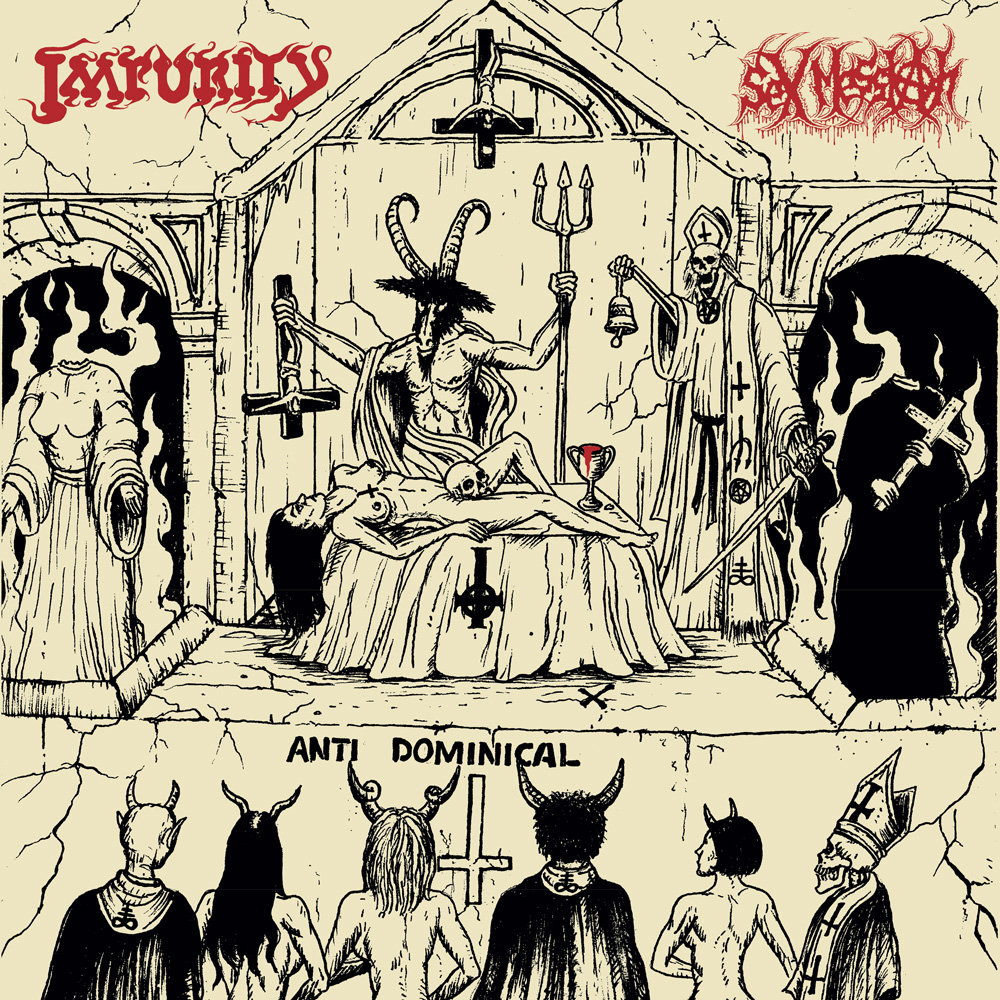

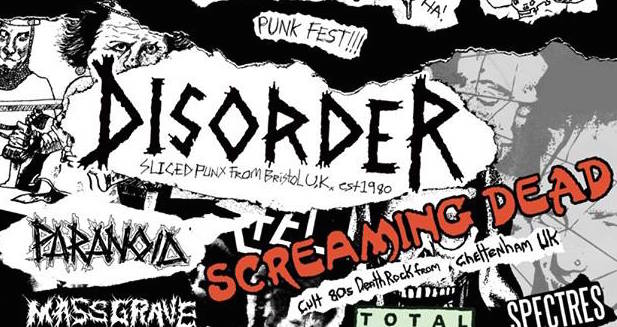

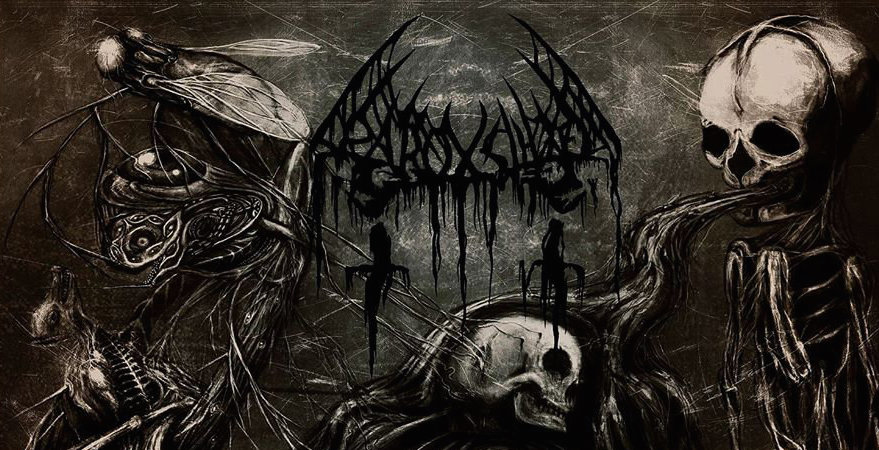
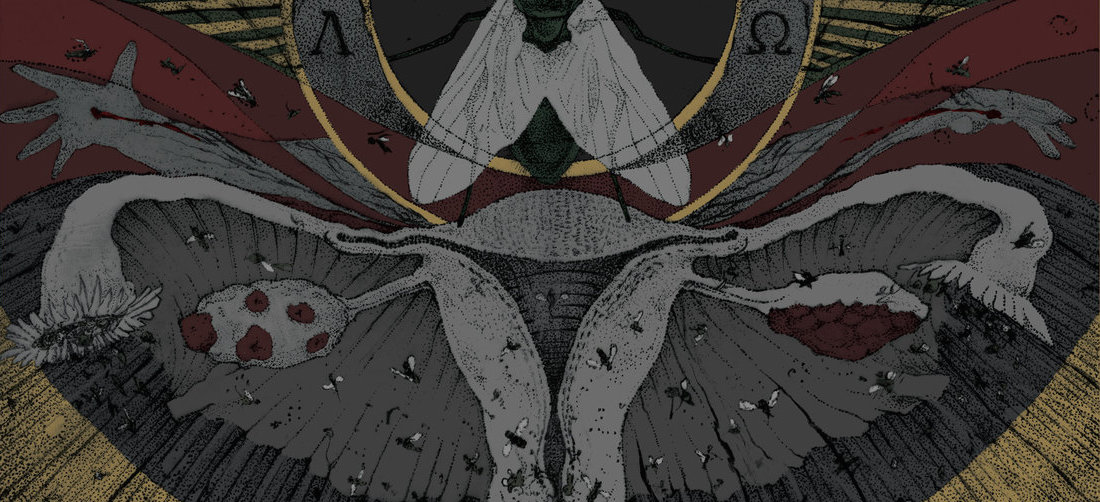
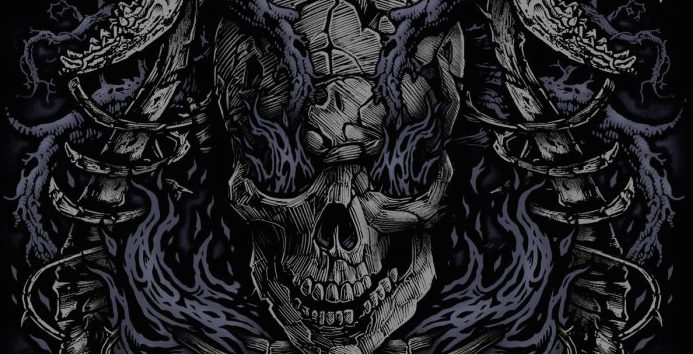
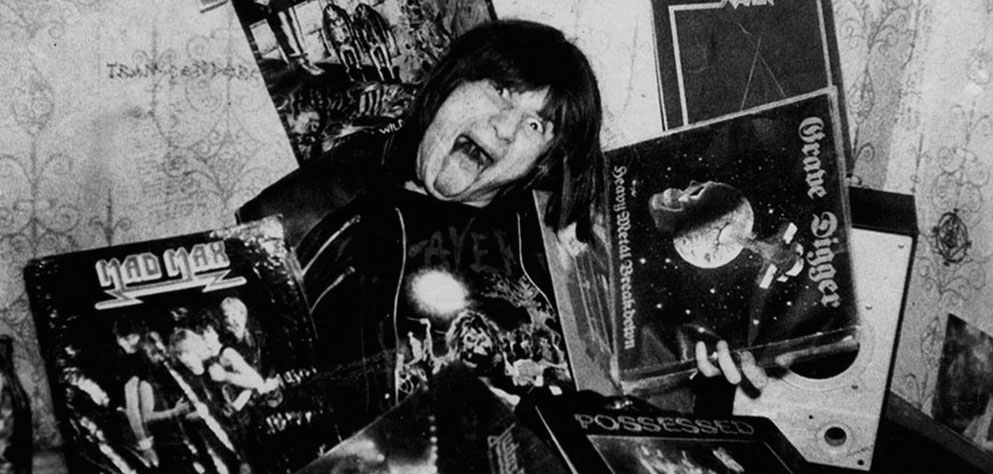
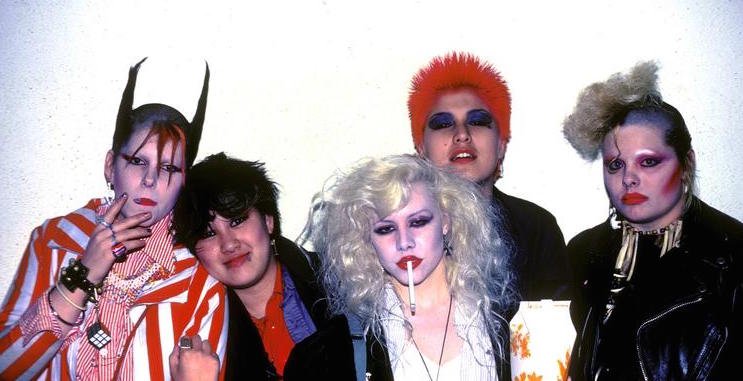
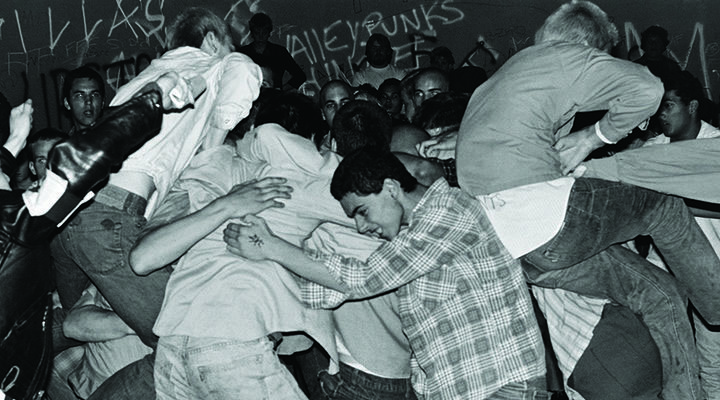


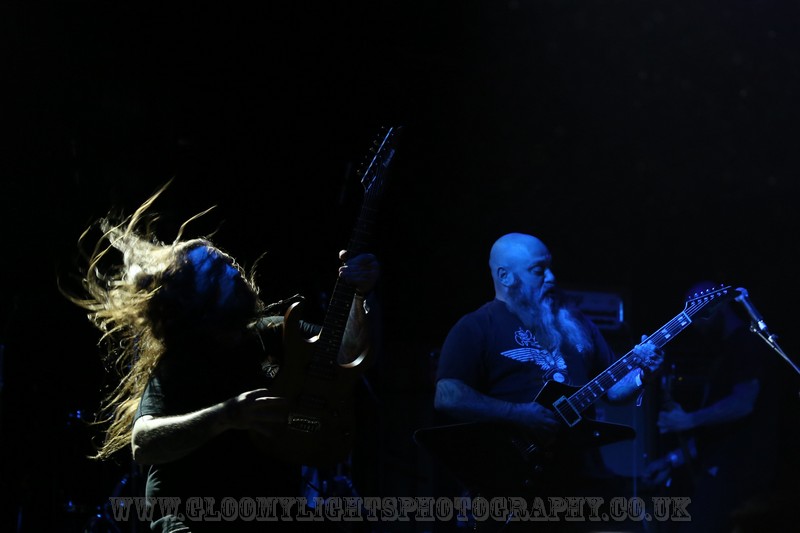



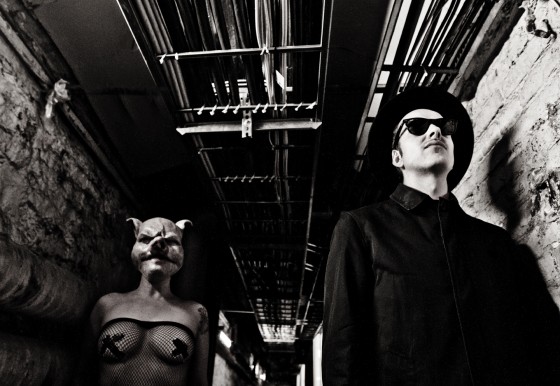
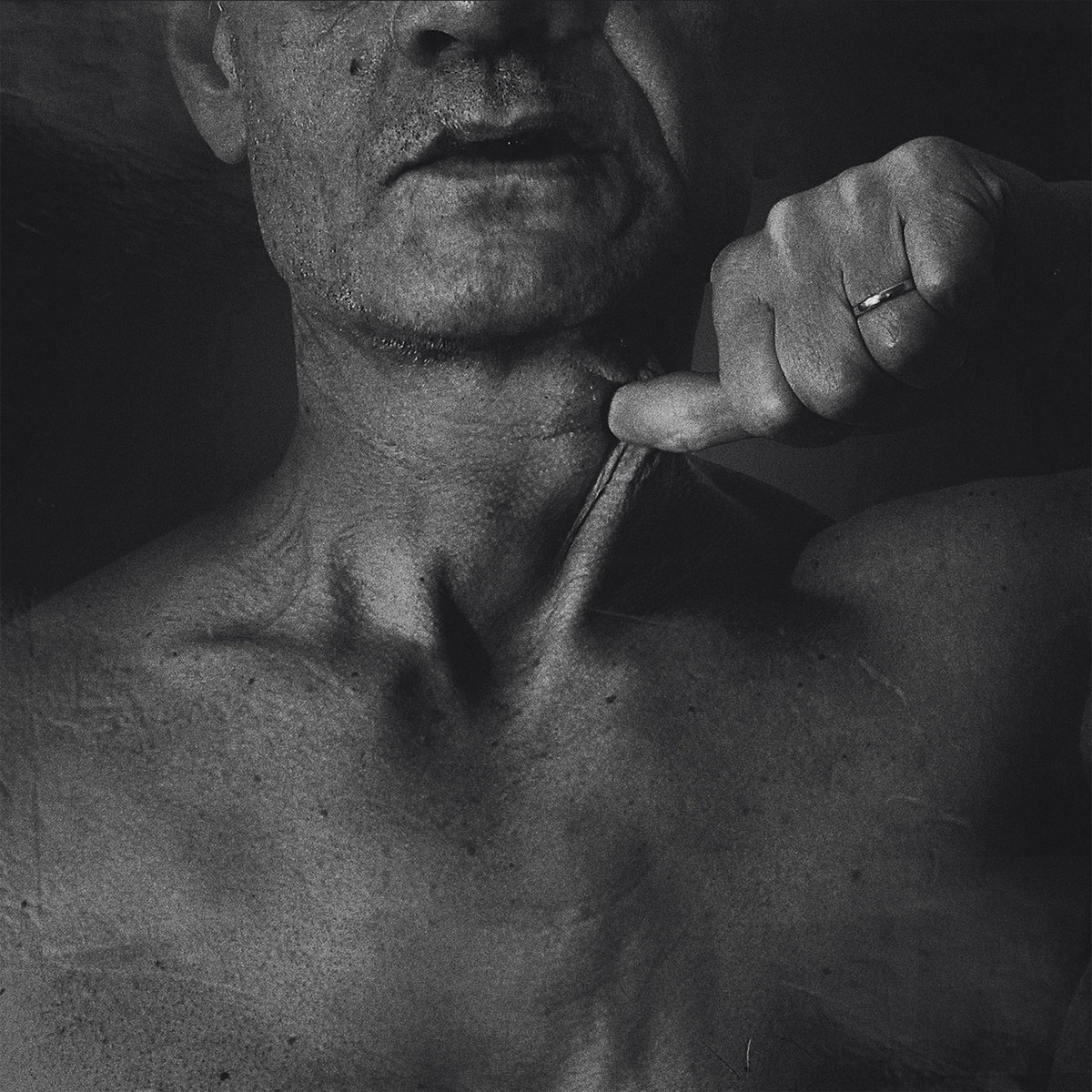

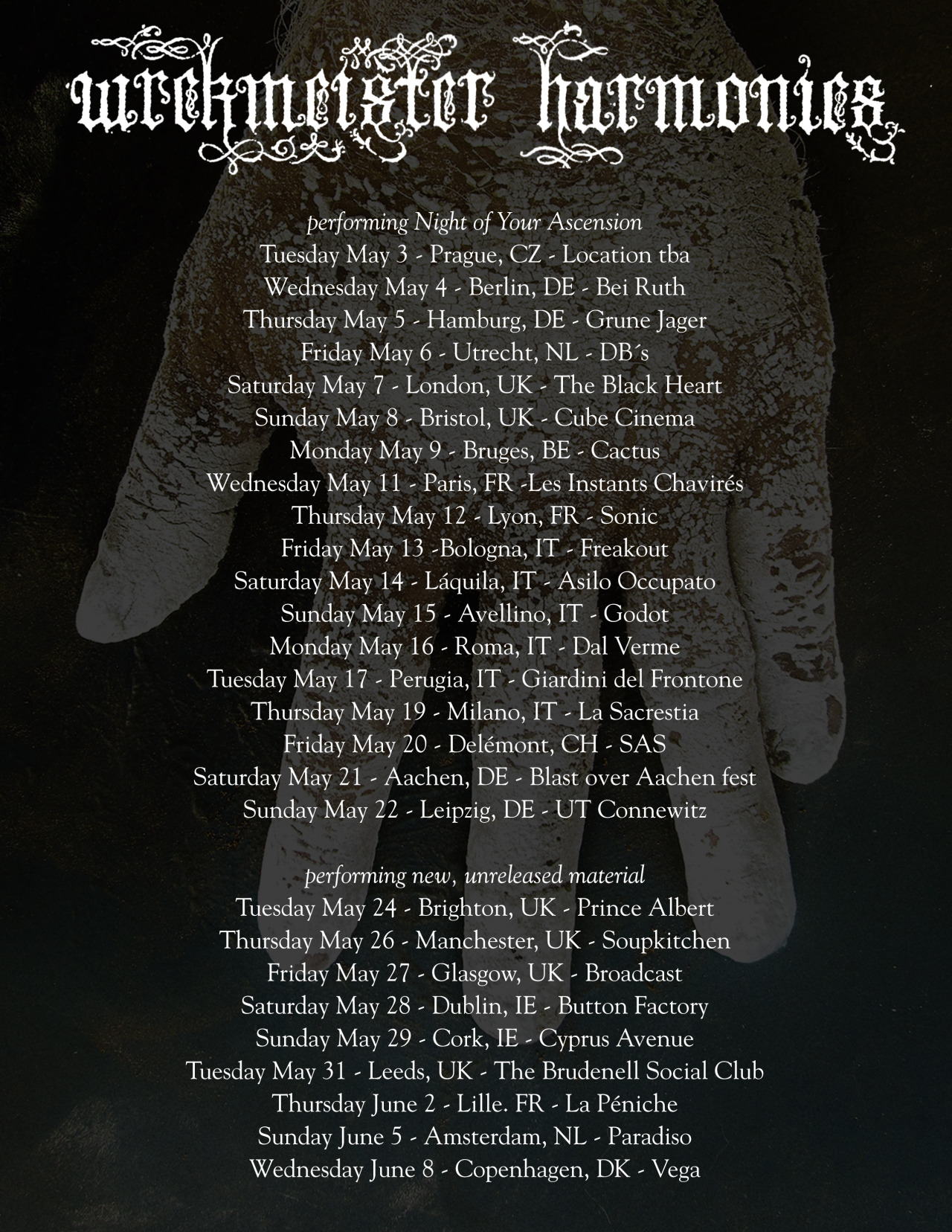
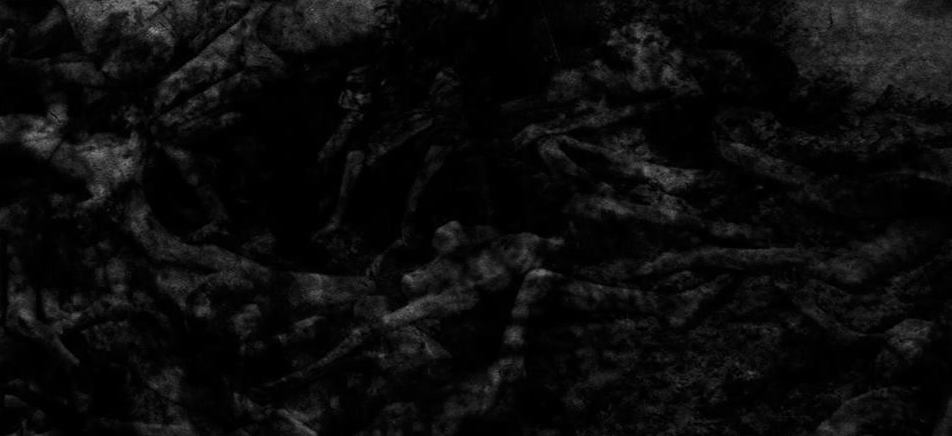
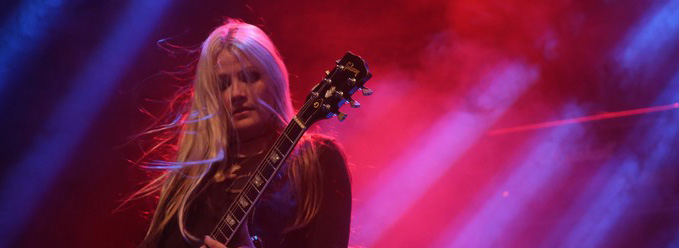


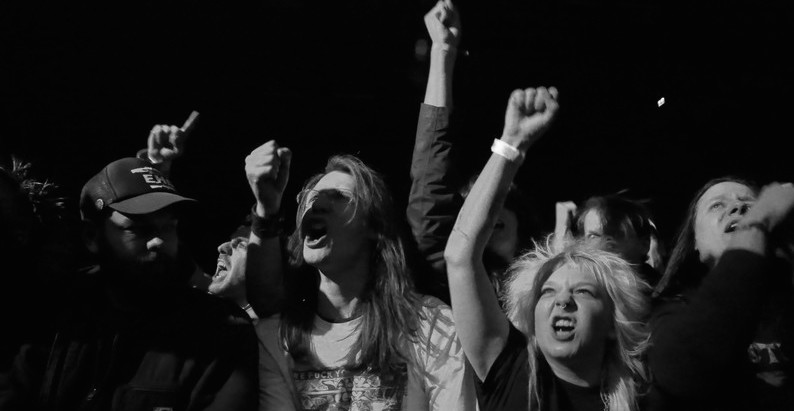
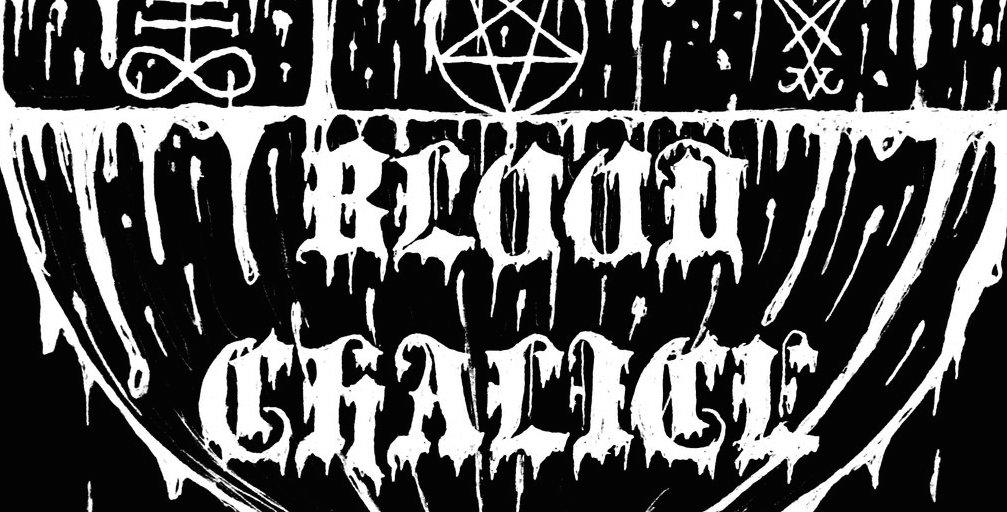
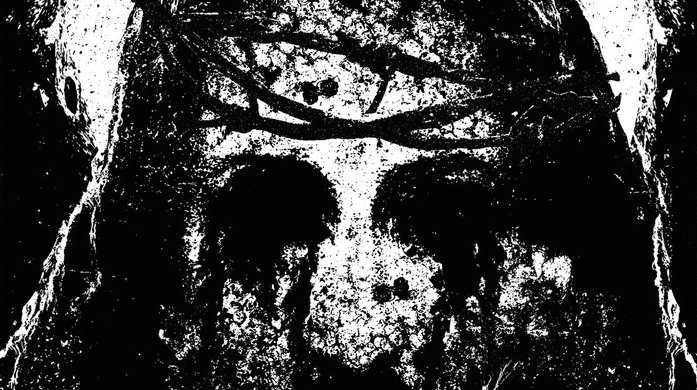
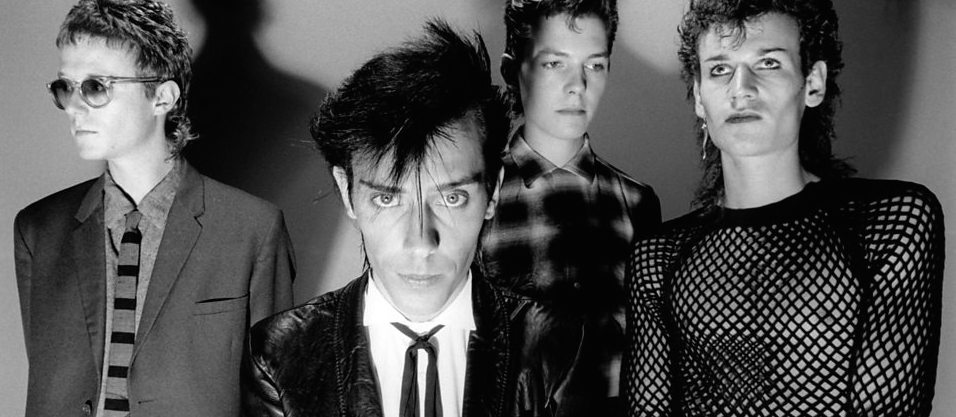



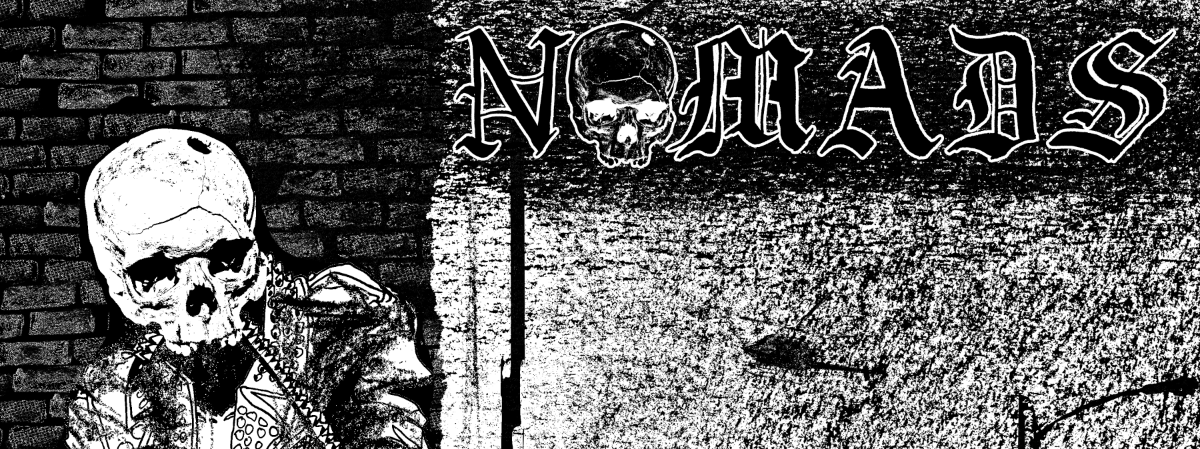
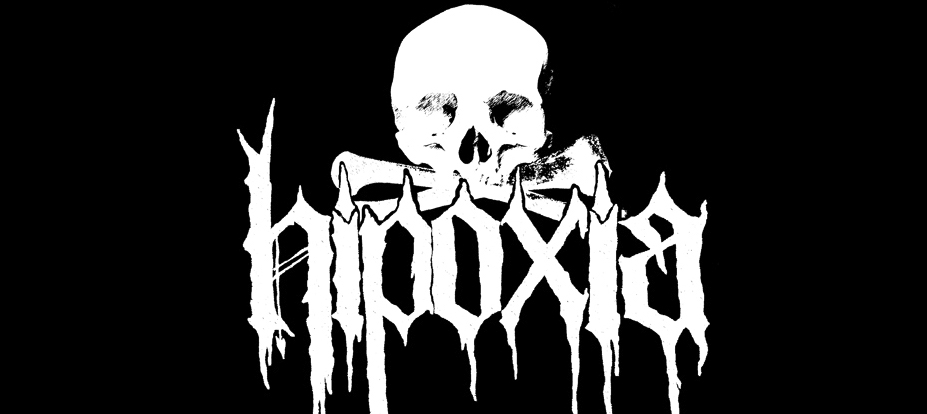
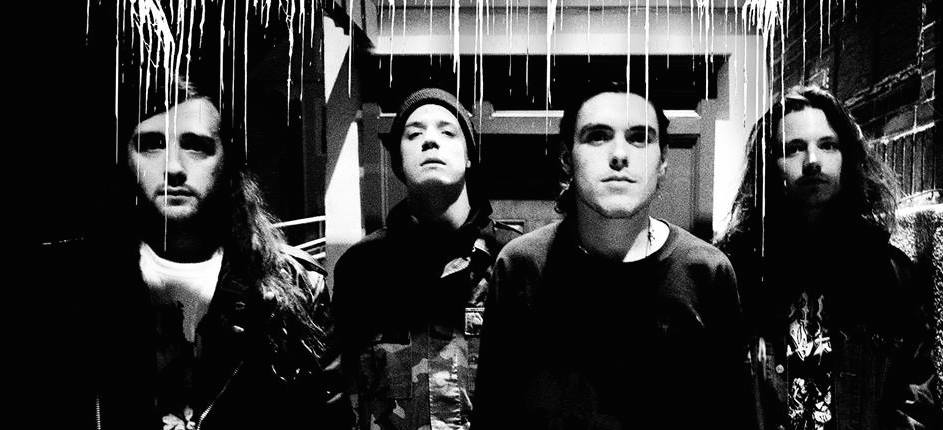
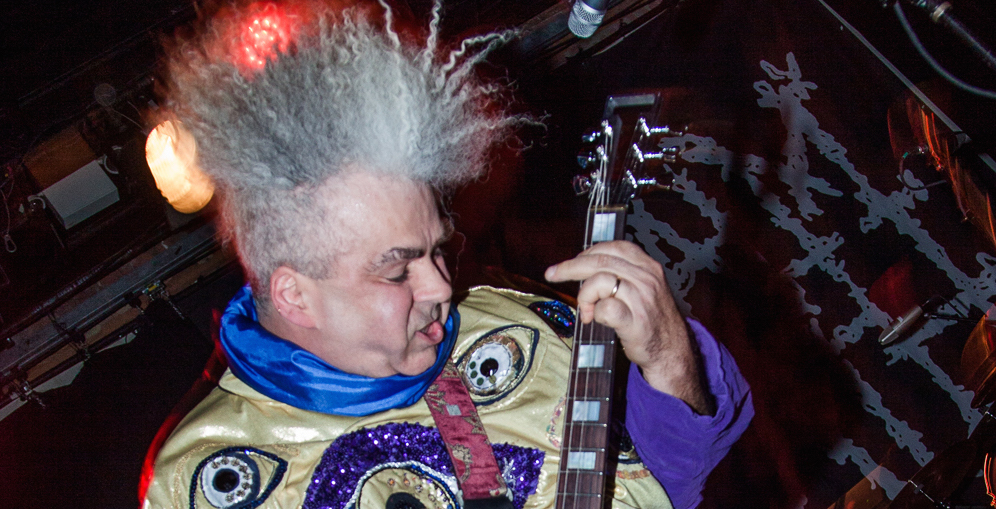

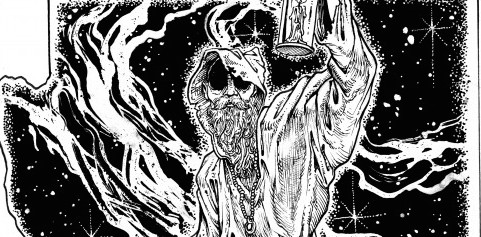
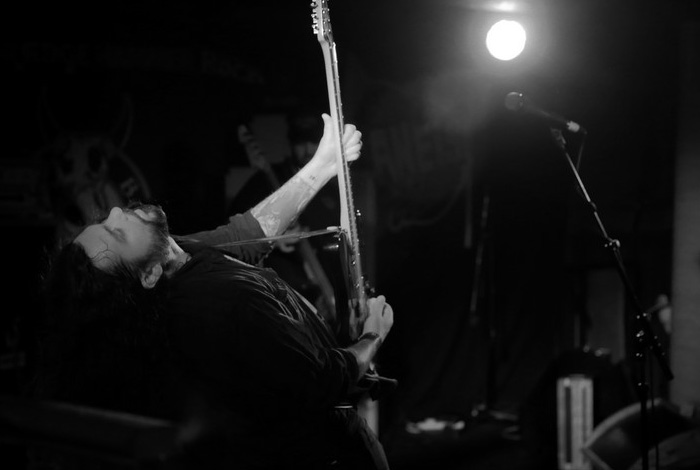
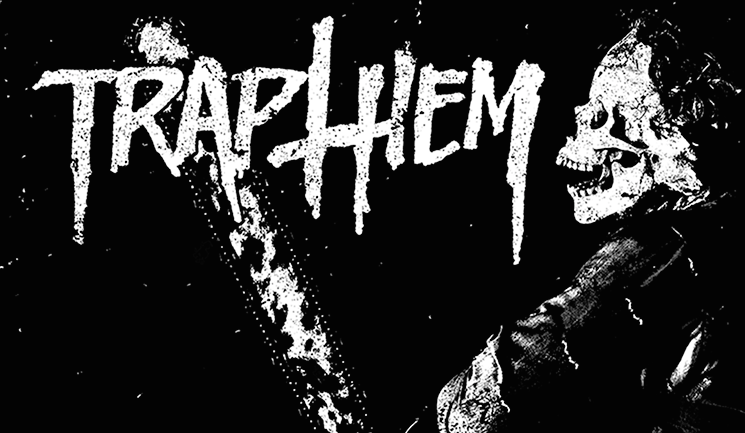

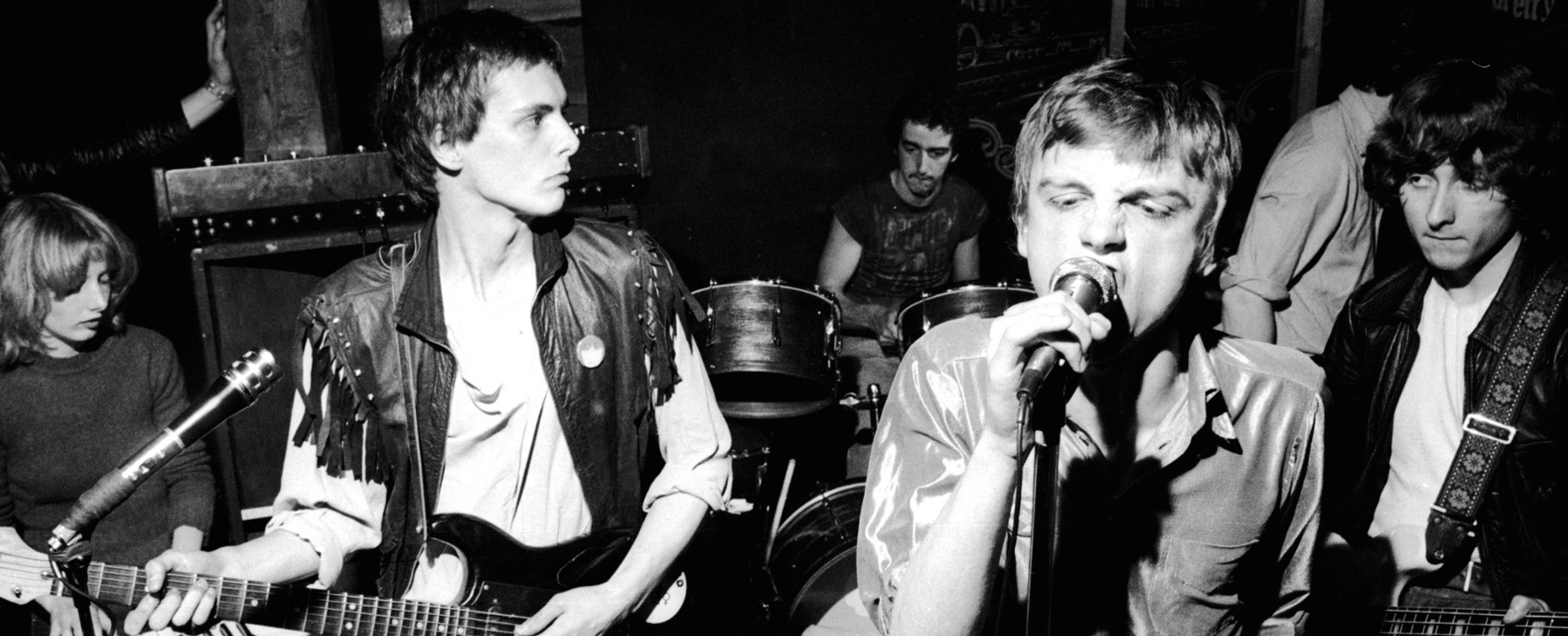
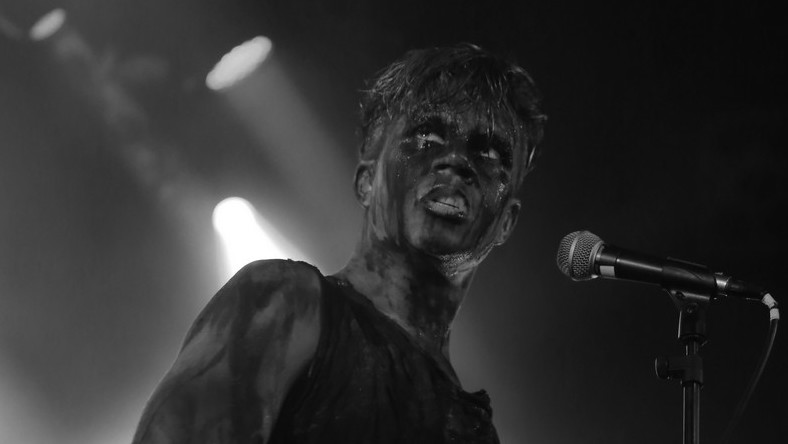
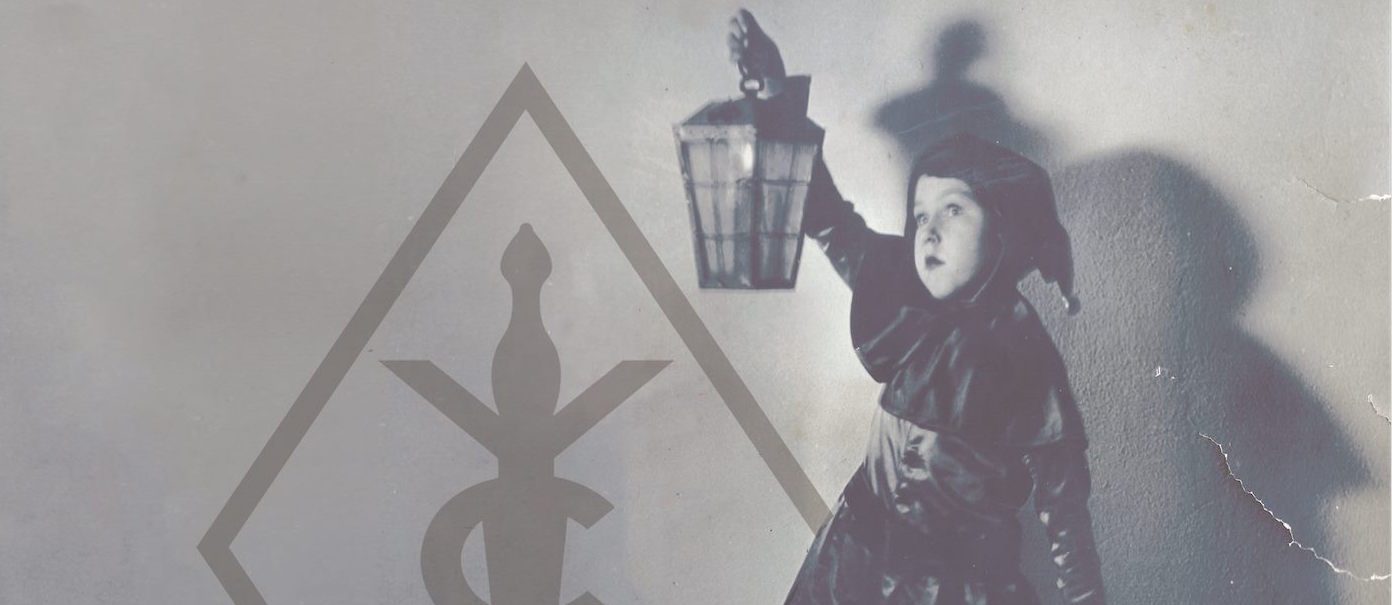

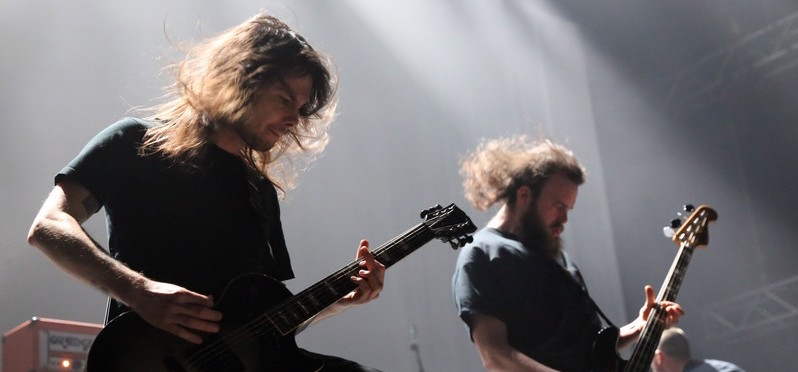

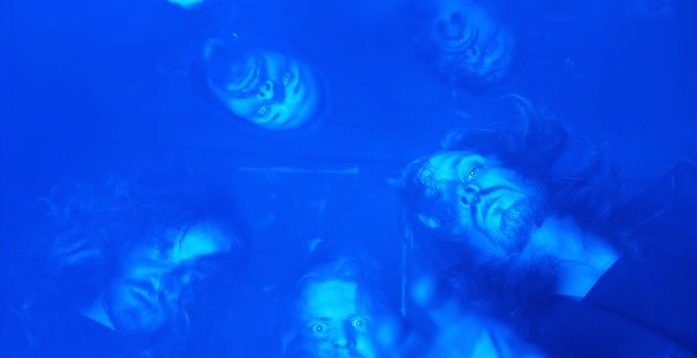
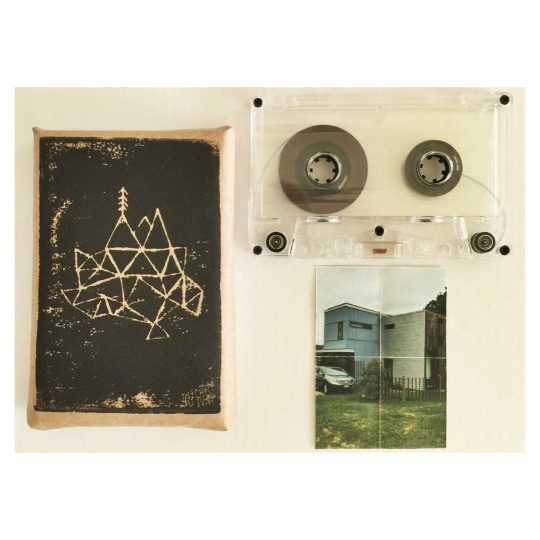
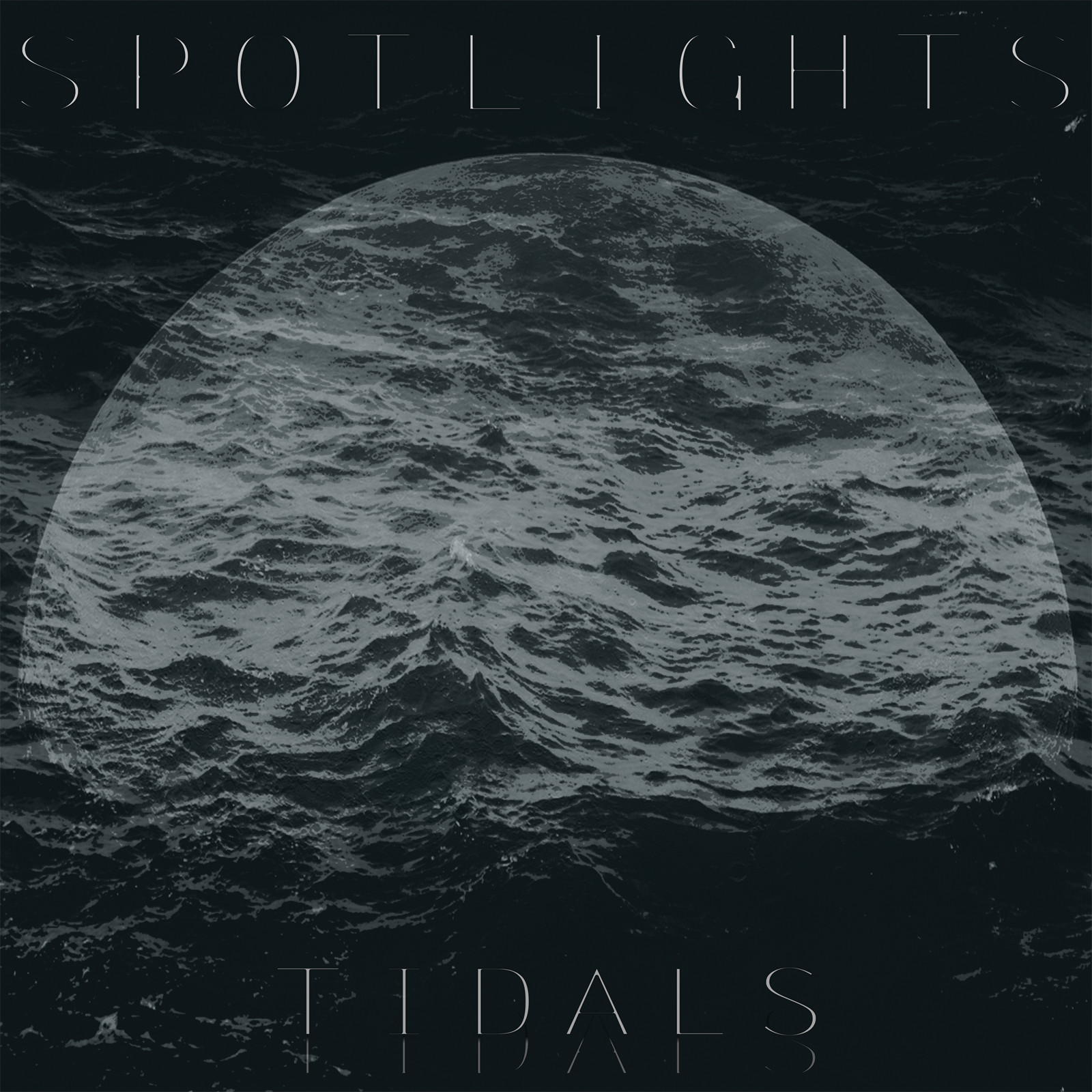
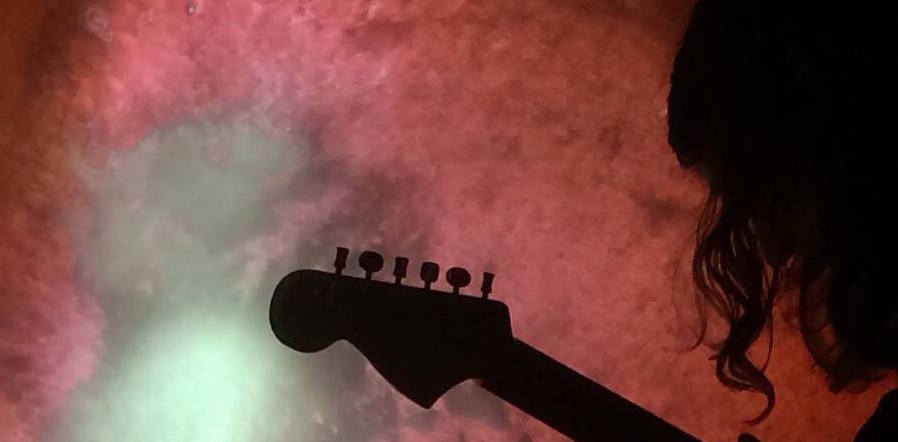

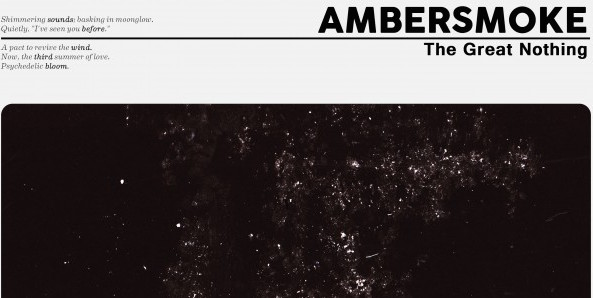
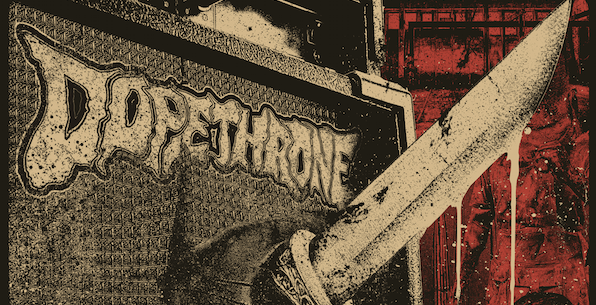


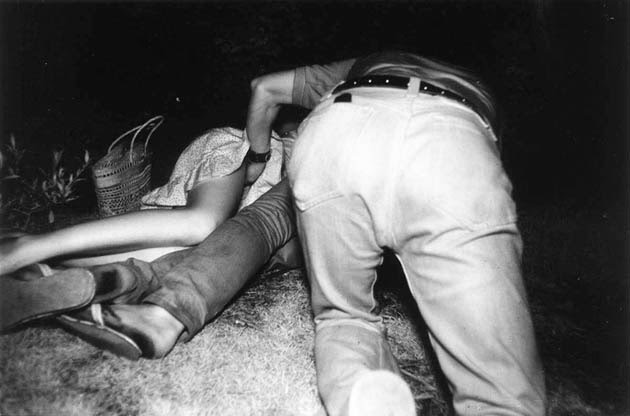




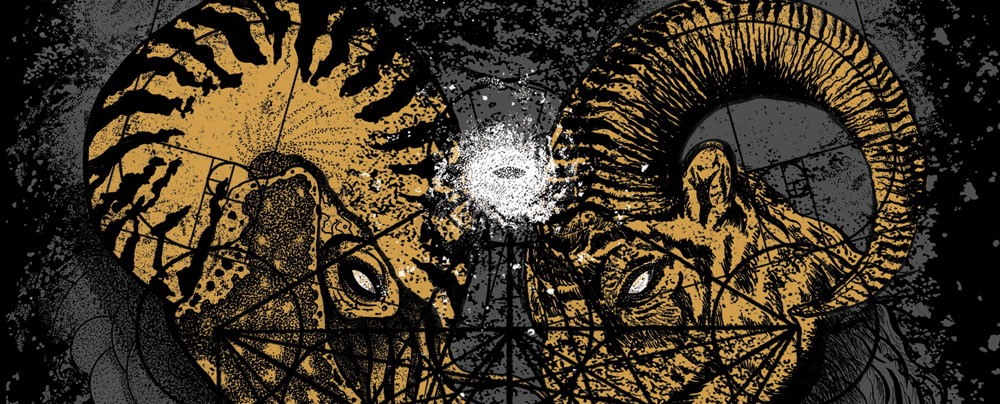

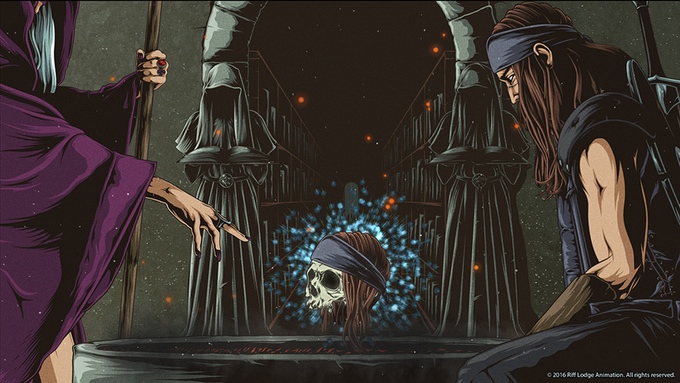
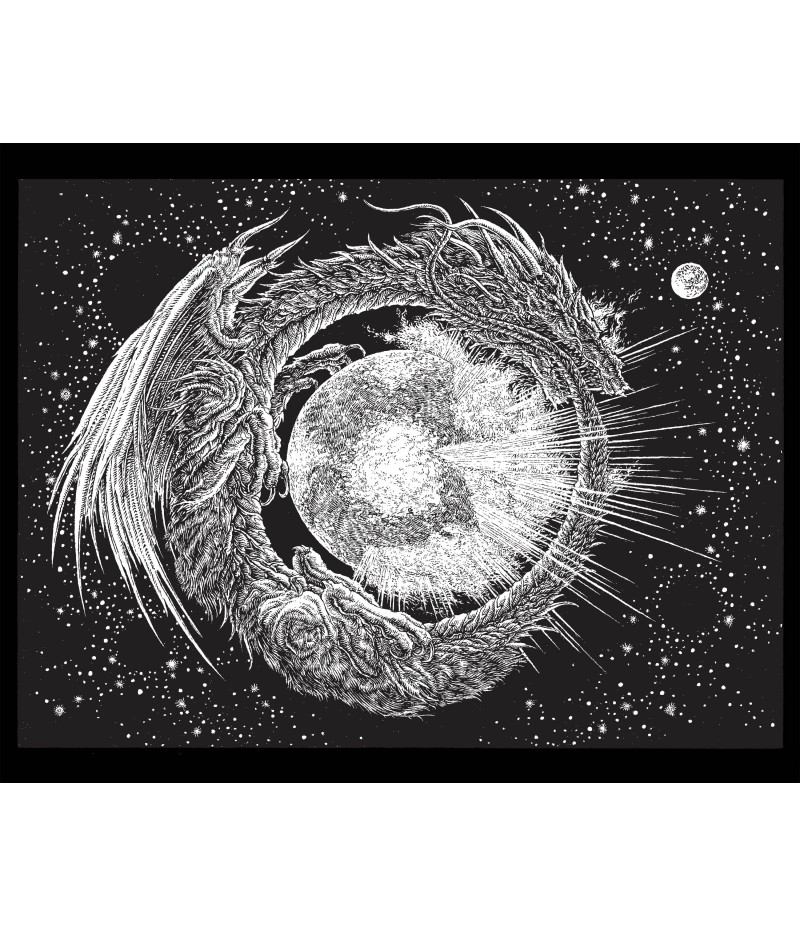

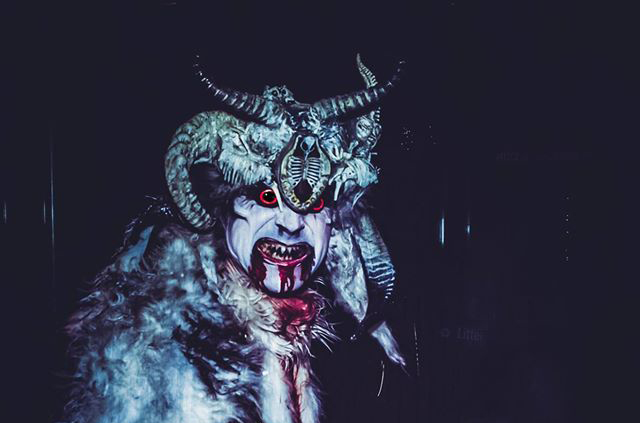

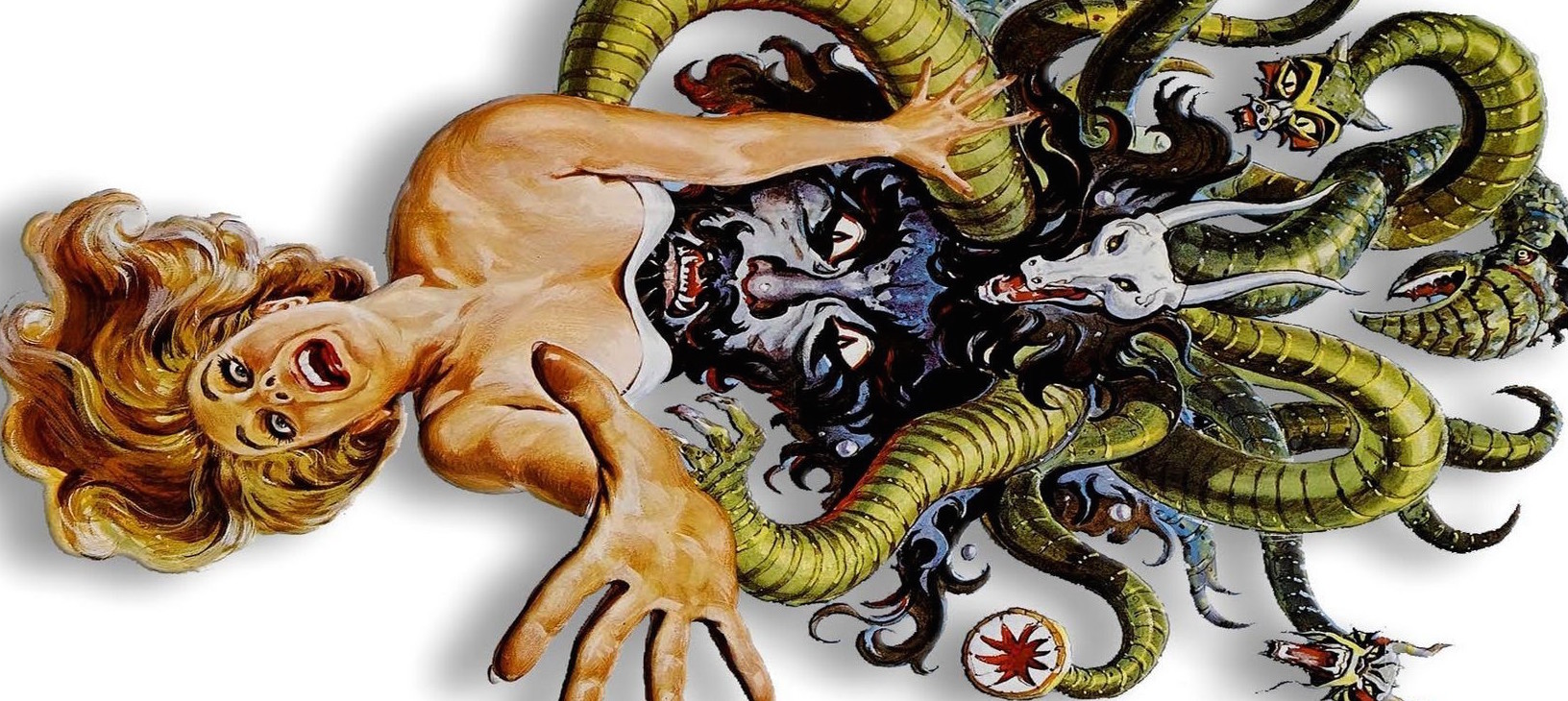

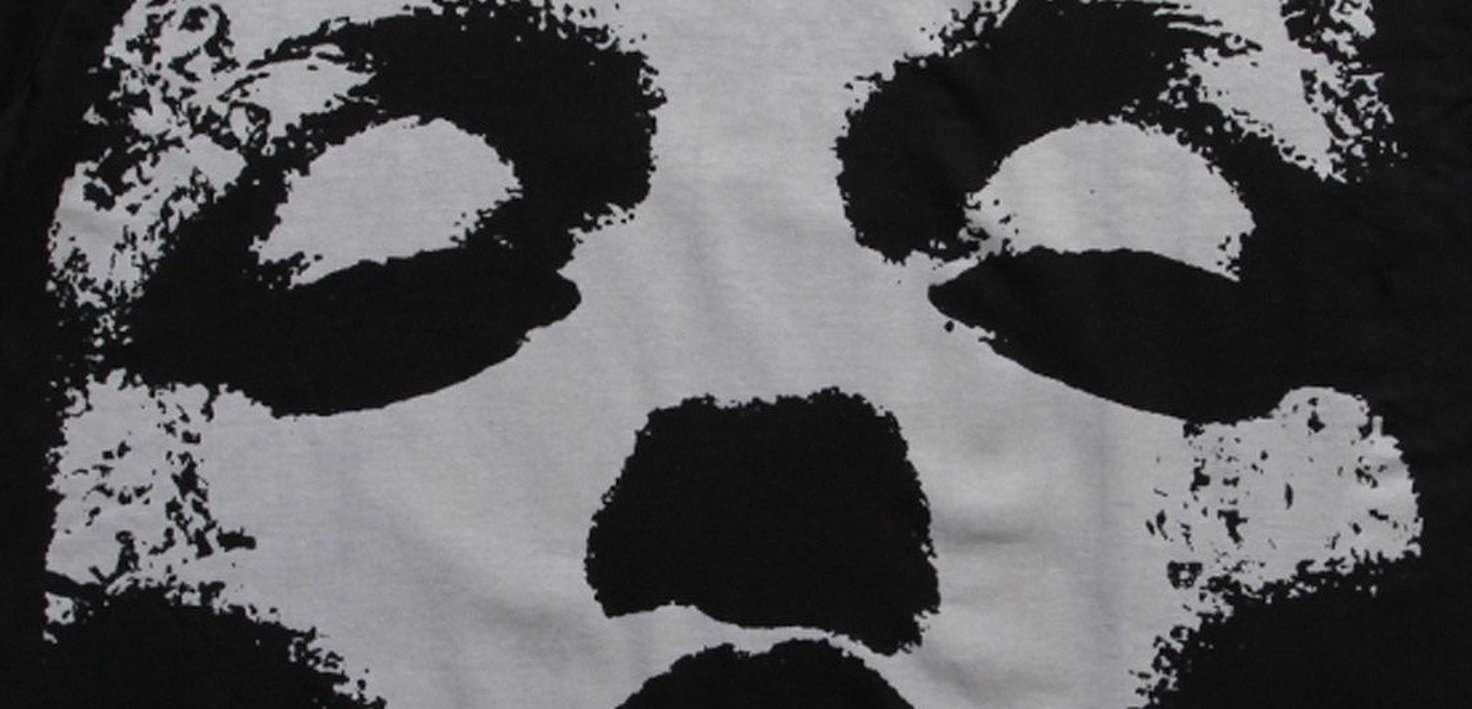
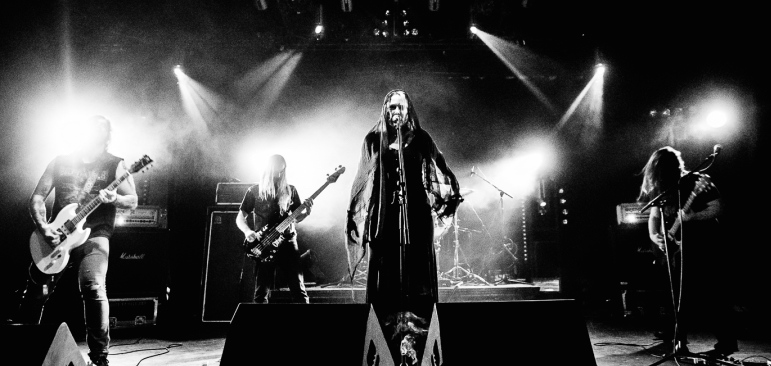
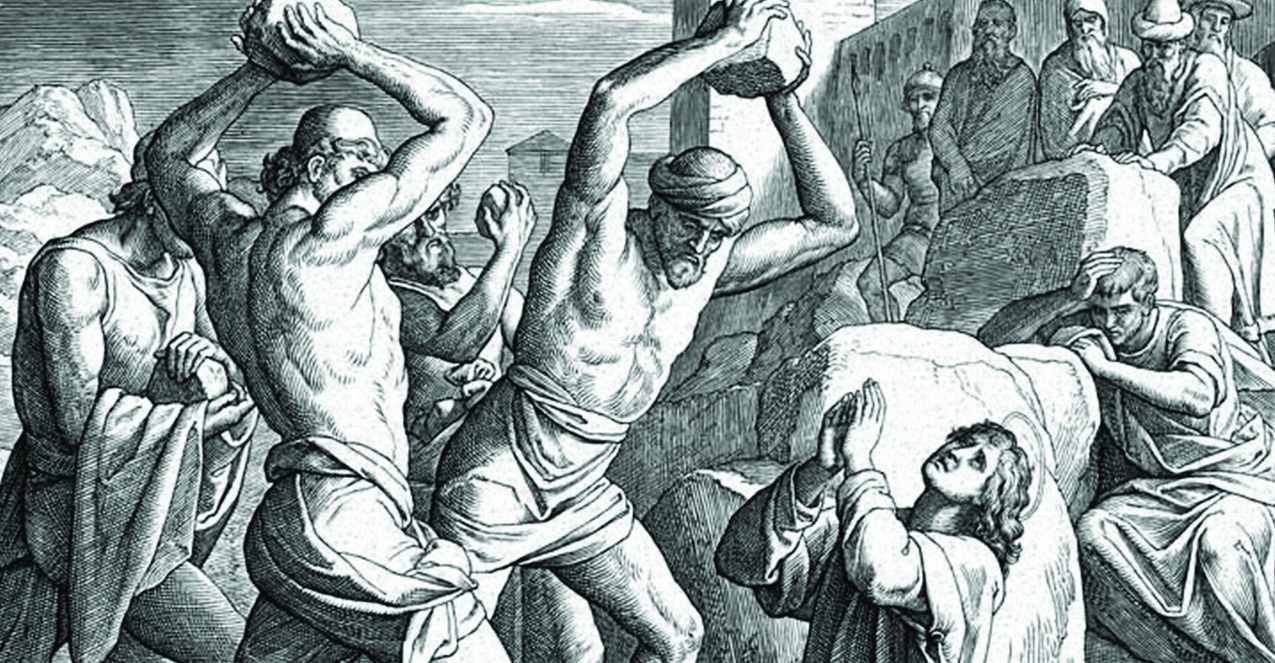
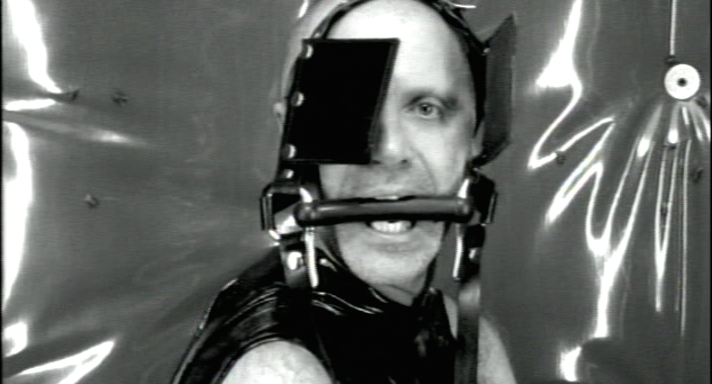

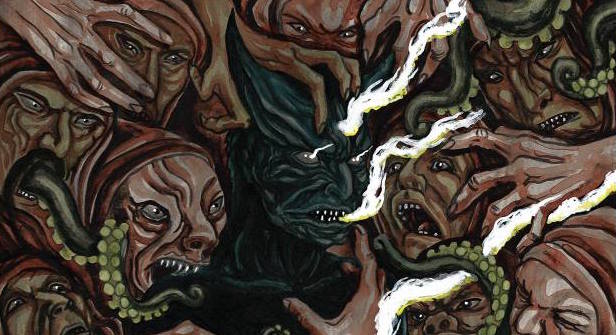


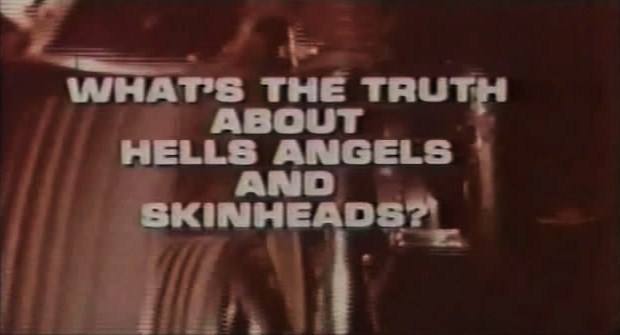











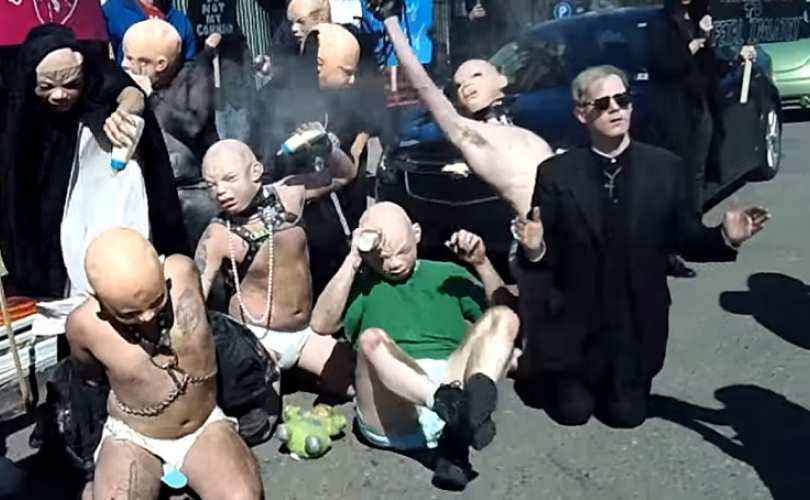







New Comments